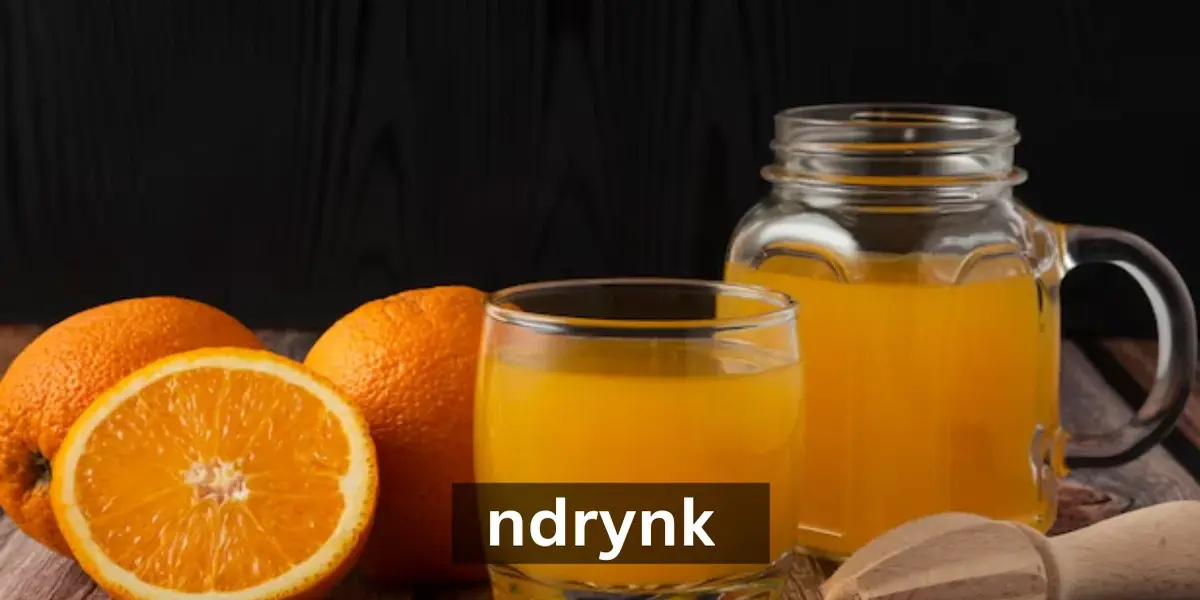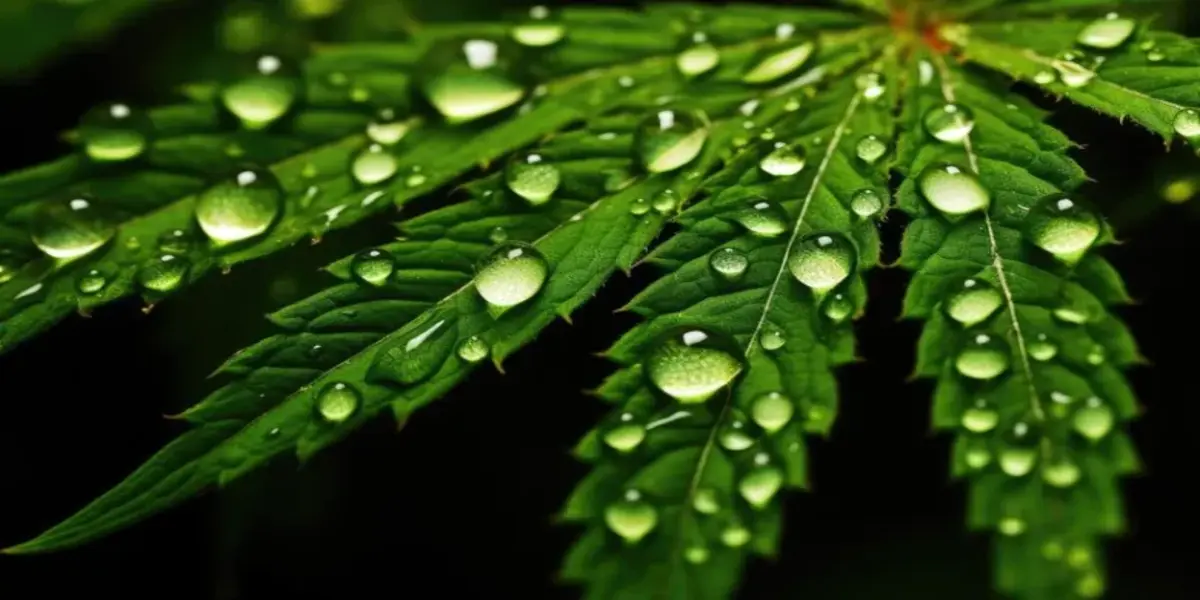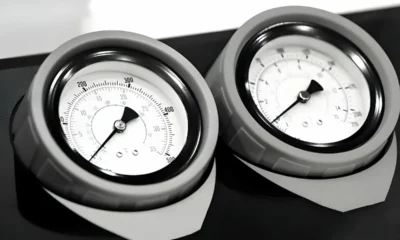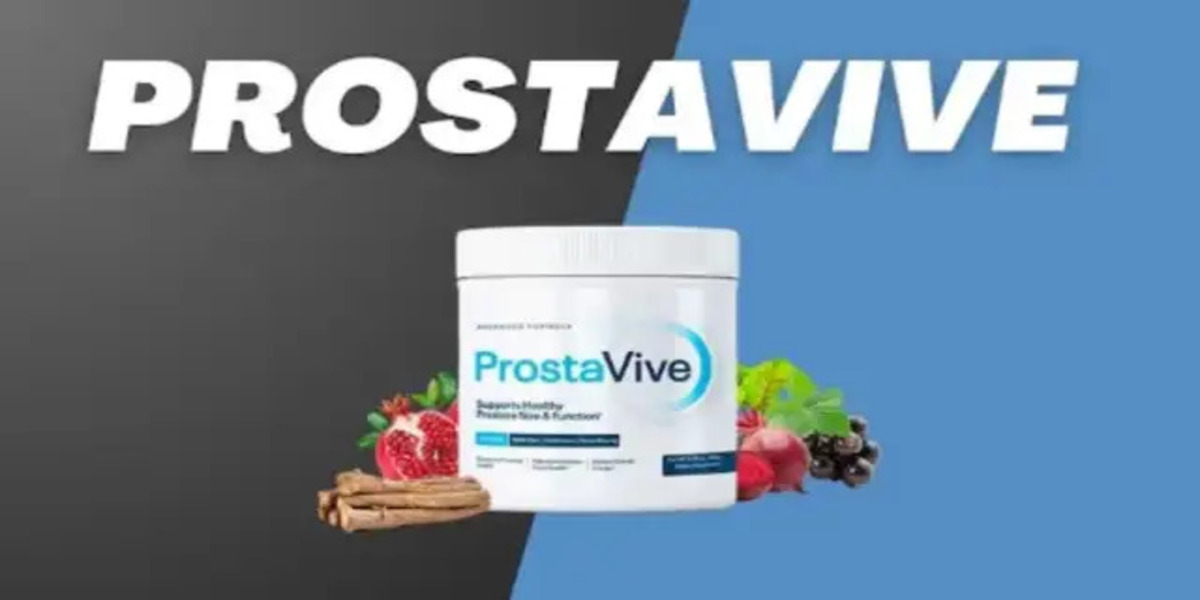The phrase “prostavive colibrim” translates to “hummingbird feeders” in English, an essential element in the lives of hummingbirds, which play a critical role in our ecosystems. Hummingbirds, with their vibrant feathers and swift movements, are often associated with beauty, agility, and grace. The role of feeders in the conservation and support of these tiny, delicate creatures is indispensable. Hummingbirds are unique birds that are crucial for pollination, a task vital for many plants, including various fruits and flowers. Without these feeders, their sustenance, especially during migratory seasons or when natural nectar sources are scarce, would be compromised. As gardeners and bird enthusiasts embrace these little wonders, the demand for effective, efficient, and safe hummingbird feeders has grown. This article explores the importance of “prostavive colibrim,” the science behind feeding hummingbirds, types of feeders, and much more.
The Role of Hummingbird Feeders in Ecological Balance
Hummingbirds are not just fascinating creatures to observe; they are also important ecological agents. They are one of the primary pollinators for many plants, aiding in the reproduction of flowers and trees. By visiting flowers to collect nectar, hummingbirds inadvertently transfer pollen from one plant to another, helping those plants thrive. This relationship has been cultivated over millions of years of evolution, with hummingbirds evolving specific traits, such as long bills and rapid wing beats, to adapt to the flowers they pollinate.
Feeding hummingbirds through feeders, particularly in urban environments where natural sources of nectar might be scarce, helps supplement the birds’ diet and ensures they remain healthy and vibrant. In addition, feeders contribute to sustaining hummingbird populations, especially in areas where their natural habitat has been altered or destroyed. During migration periods, when these birds travel long distances, feeders provide a much-needed boost of energy, offering a reliable food source when flowers are less abundant.
Types of Hummingbird Feeders
When considering “prostavive colibrim,” it is important to understand the different types of feeders available and their effectiveness. There are primarily three types of feeders: saucer, tube, and window feeders.
- Saucer Feeders – These are shallow and wide, typically featuring a small reservoir and nectar dispensing holes that prevent spills. They are designed to mimic the natural flowers from which hummingbirds feed. Saucer feeders are often recommended for their easy cleaning and ability to prevent nectar from spoiling quickly, especially in hot weather.
- Tube Feeders – Tube feeders consist of narrow glass or plastic tubes that hold nectar. These are typically designed for one or two birds to feed at a time. Tube feeders often have several feeding ports, making them ideal for areas with larger hummingbird populations. These feeders are durable and easy to hang in trees or on poles.
- Window Feeders – These feeders are designed to attach directly to a window using suction cups. They allow people to observe the hummingbirds up close as they feed. They are compact and ideal for smaller spaces, such as apartments or urban homes.
Each type of feeder has its unique advantages and limitations, and the choice of feeder depends largely on personal preference and the specific needs of the local hummingbird population.
What Should You Feed Hummingbirds?
Hummingbird feeders are typically filled with nectar, a mixture of sugar and water, to replicate the natural sugars found in flowers. However, there are certain guidelines to follow when preparing nectar for hummingbirds.
The basic nectar recipe is simple: mix one part white cane sugar with four parts water. It is important not to use honey or artificial sweeteners, as they can be harmful to the birds. Additionally, red food coloring should be avoided as it may be harmful to their health. While many commercial hummingbird nectar solutions contain added dyes, it is always safer to use natural ingredients to create homemade nectar.
It’s important to regularly clean feeders to avoid the growth of mold or the development of bacteria, which can be detrimental to the health of the hummingbirds. A clean feeder ensures the birds receive a safe, nutritious source of food.
Migratory Patterns and the Importance of Feeders
Hummingbirds are migratory birds, which means they travel great distances seasonally, often traveling thousands of miles to reach warmer climates during winter. They do not migrate in flocks like other bird species; instead, they travel alone, navigating through unfamiliar landscapes to reach their destination.
During migration, hummingbirds rely heavily on external food sources to fuel their long journeys. This is where “prostavive colibrim” becomes particularly significant. Feeders offer a reliable source of nutrition during this crucial time. In North America, many species, such as the Ruby-throated Hummingbird, migrate from the U.S. to Central America for the winter. Along the way, they stop to feed on nectar and insects. Hummingbird feeders placed along their migration routes can provide the energy they need to complete their journey.

Benefits of Using Hummingbird Feeders for Your Garden
Adding a hummingbird feeder to your garden has several benefits. Not only do you provide essential sustenance for these beautiful birds, but you also encourage a broader diversity of wildlife in your garden. Hummingbirds are known for their territorial nature, so they are likely to protect their feeding stations from other birds, creating a fascinating spectacle for birdwatchers.
Additionally, the presence of hummingbirds helps with pollination in your garden. While feeding on nectar, they will transfer pollen from one flower to another, improving the overall health of your garden. This natural pollination process can lead to more vibrant and diverse plant growth, including flowers and fruit-bearing plants. Having a thriving ecosystem with hummingbirds can help create a balanced environment, promoting biodiversity and ecological stability.
Common Mistakes When Using Hummingbird Feeders
While providing food for hummingbirds is a rewarding experience, there are some common mistakes that people often make when setting up or maintaining feeders. One mistake is failing to clean the feeders regularly. Dirty feeders can lead to mold and bacteria growth, which can harm the birds. It is important to clean the feeder with hot water and, if necessary, mild soap every 3 to 5 days, especially during the warmer months.
Another common mistake is using incorrect nectar recipes. Using honey, artificial sweeteners, or colored nectar can be harmful to hummingbirds and lead to health issues. It is best to stick with the simple and safe homemade nectar formula of one part sugar to four parts water.
Lastly, placing feeders in areas with high traffic or near predators like cats can be dangerous for hummingbirds. To protect them, feeders should be placed in safe, quiet areas away from potential threats.
Conclusion
In conclusion, “prostavive colibrim” or hummingbird feeders play an integral role in supporting the health and sustainability of hummingbird populations. These small, colorful birds contribute significantly to the pollination of many plants, and by providing them with a reliable source of nectar, we help maintain their delicate balance in the ecosystem. Different types of feeders cater to specific needs, whether for attracting a single bird or accommodating large populations. When setting up feeders, it’s important to use the correct nectar mixture, maintain clean feeding stations, and ensure the safety of the birds. Hummingbird feeders not only provide nourishment for these incredible creatures but also create an environment where people can observe the beauty and vitality of nature up close. By offering a helping hand to these fascinating pollinators, we support biodiversity and contribute to a healthier, more sustainable world.
FAQs:
How often should I clean my hummingbird feeder?
It’s essential to clean your hummingbird feeder every 3 to 5 days, especially during the warmer months. Hot temperatures can cause nectar to spoil quickly, leading to mold and bacteria growth.
Can I use honey in the nectar for hummingbirds?
No, honey should never be used in hummingbird nectar as it can cause fungal infections in the birds. Stick to a simple mixture of one part white cane sugar to four parts water.
What is the best time to hang a hummingbird feeder?
The best time to hang a hummingbird feeder is during the spring and fall when hummingbirds are migrating. They will stop to feed on the nectar, which helps fuel their long journeys.
Can hummingbirds drink from multiple feeders?
Yes, hummingbirds are territorial, but they will often visit multiple feeders, especially if they are spaced far apart. Different species may also use feeders at different times.
Should I add red dye to the nectar in my hummingbird feeder?
No, red dye is not recommended, as it may be harmful to hummingbirds. The natural color of the feeder or the nectar itself will attract them.

 LIFESTYLE2 months ago
LIFESTYLE2 months ago
 Blog2 months ago
Blog2 months ago
 Blog2 months ago
Blog2 months ago
 BUSINESS2 months ago
BUSINESS2 months ago
 LIFESTYLE2 months ago
LIFESTYLE2 months ago
 TECHNOLOGY3 months ago
TECHNOLOGY3 months ago
 BUSINESS2 months ago
BUSINESS2 months ago
 LIFESTYLE2 months ago
LIFESTYLE2 months ago

